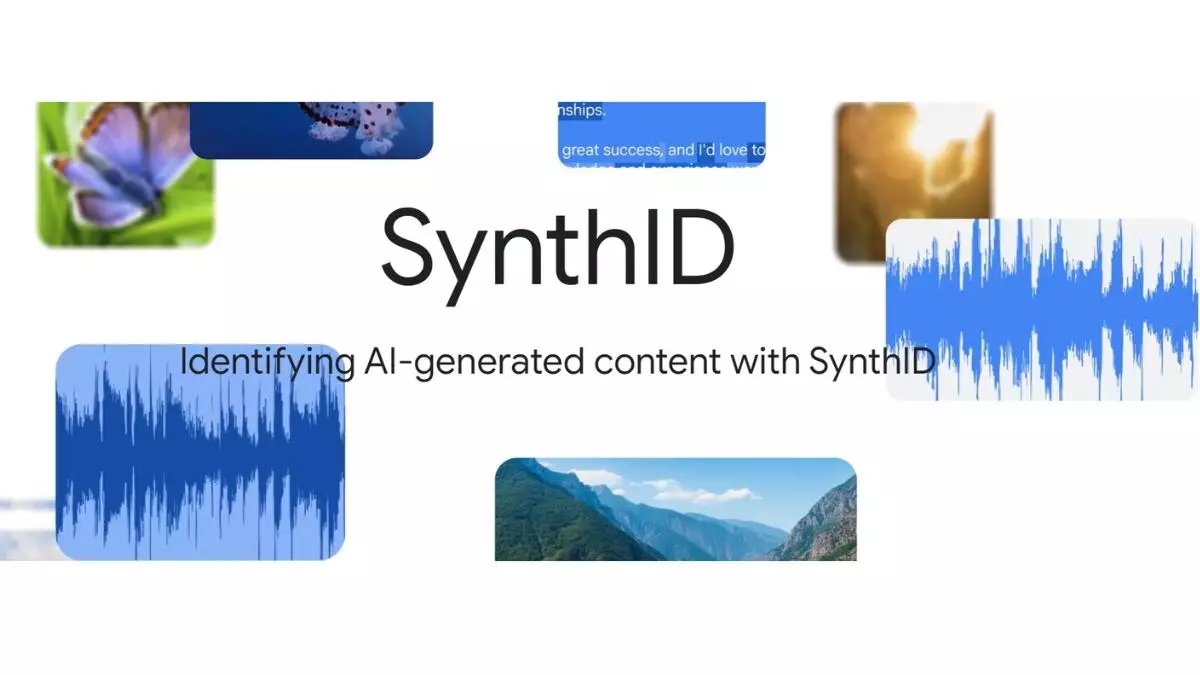In an age where artificial intelligence (AI) has permeated various facets of our lives, its influence is reshaping how content is generated, shared, and consumed. With AI’s capability to produce written text, images, videos, and audio, the internet has become inundated with AI-generated material. A study from Amazon Web Services AI lab indicates a staggering 57.1% of sentences online translated into multiple languages originated from AI. While the convenience and efficiency of AI in content creation cannot be ignored, this phenomenon poses pressing ethical and practical challenges, particularly surrounding authenticity and misinformation.
With the rapid proliferation of AI tools, the potential for misuse has grown significantly. Malicious actors can exploit AI to churn out misleading narratives, propaganda, and outright fabrications that can sway public opinion or distort realities, making the need for transparency paramount. This urgency is amplified in critical arenas such as political elections, where disinformation campaigns can have dire consequences, undermining democratic processes. Given these challenges, Google DeepMind’s introduction of SynthID represents a critical leap towards ensuring the integrity of digital content.
On a recent Wednesday, Google DeepMind revealed SynthID, its latest innovation in watermarking technology designed to tag AI-generated text with robust identifiers. While currently limited to text, synthID’s capabilities extend across multimedia content—photos, videos, and audio—with the promise of future enhancements. This strategic move aims to create a standardized approach to detecting and attributing AI-generated material, fostering accountability in digital content creation.
The tool has been integrated into Google’s updated Responsible Generative AI Toolkit, allowing developers and businesses access through Google’s platforms. By making SynthID available via Hugging Face, Google seeks to cultivate a broader ecosystem of responsible AI usage. This democratization of technology is pivotal, as it empowers creators and enterprises alike to detect and label AI-generated content effectively.
What sets SynthID apart from traditional watermarking methods is its innovative application of machine learning to embed invisible indicators within text. The tool utilizes patterns and predictive modeling to understand potential word sequences, subtly replacing specific words with synonyms from its database. For example, in the phrase “John was feeling extremely tired after working the entire day,” SynthID might substitute “extremely” with a less conspicuous synonym, effectively embedding its watermark within the narrative.
As a result, when assessing content authenticity, SynthID can analyze the frequency of these uniquely replaced words. This mechanism can provide a compelling indicator of whether a piece of text has been generated by AI, enhancing transparency in a domain where detection remains notoriously difficult.
The ramifications of SynthID’s introduction extend far beyond simple detection of AI-generated content. As digital landscapes become increasingly crowded with AI outputs—with good and bad alike—the need to establish trust becomes pivotal. Content creators and consumers alike can benefit from a clear system that delineates between human-generated and AI-enhanced materials.
However, there remain challenges to address. As sophisticated as SynthID may be, its reliance on a database of synonyms opens the door to potential circumvention by individuals intent on bypassing detection measures. Furthermore, the effectiveness of the watermark may hinge upon the adoption of the tool across diverse platforms and mediums. For instance, the invisible watermarks embedded in images and videos present their own set of challenges when it comes to universality in applicability.
SynthID emerges as a promising step forward in the journey towards responsible and transparent AI usage. As AI tools proliferate and the distinctions between generated and human-created content blur, solutions like SynthID are essential. They foster a culture of accountability, ensuring that technological advancement does not come at the price of integrity.
As Google DeepMind continues to refine and expand SynthID’s functionalities, the tech industry, content creators, and consumers must engage in dialogues surrounding the ethical implications and responsibilities tied to AI technology. In doing so, we can build a sustainable digital future—rooted in authenticity while harnessing the transformative potential of artificial intelligence.


Leave a Reply